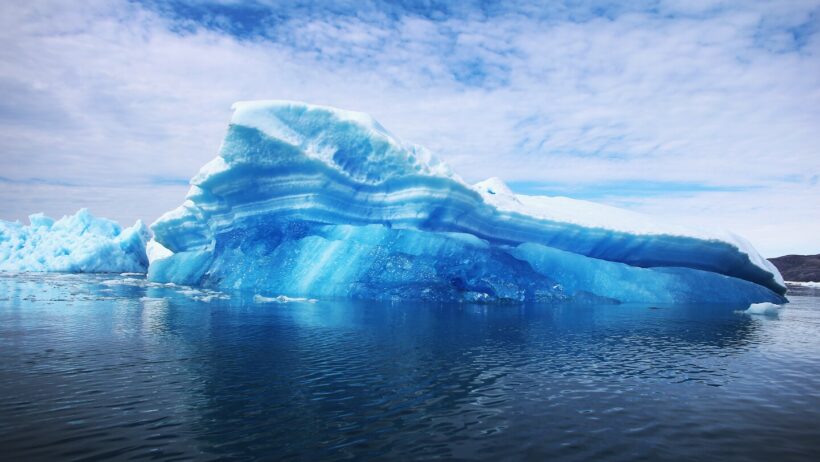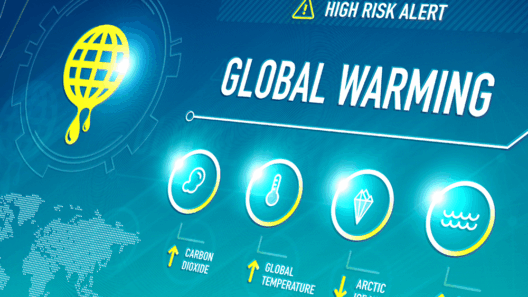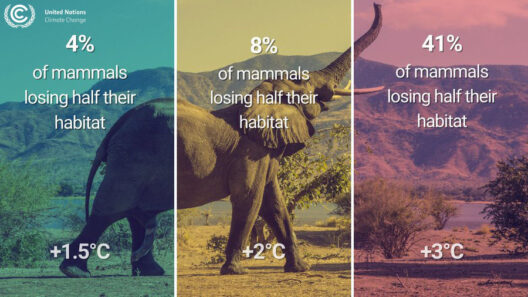The debate over whether human activities or natural phenomena are the primary drivers of global warming has long been a contentious issue among scientists, policymakers, and the public. Understanding the nuances of this discussion is crucial for implementing effective climate strategies. This exploration aims to unravel the complexities behind the question: Do humans cause global warming, or is it a natural occurrence?
At the core of this debate lies the intricate interplay between natural climate variability and anthropogenic influences. Natural climate change has indeed occurred throughout Earth’s history, driven by factors such as volcanic eruptions, solar radiation fluctuations, and variations in Earth’s orbit. These natural processes can lead to significant changes in the climate over vast geological time scales. However, the recent trajectory of global warming has prompted skepticism regarding the sufficiency of natural explanations alone.
During the last century, a surge in industrial activity coincided with a pronounced increase in average global temperatures. This phenomenon raises an eyebrow: is it merely coincidental? The consensus among climatologists is that the pace of contemporary climate change is outstripping natural variability. Research indicates that since the late 19th century, the planet has warmed by approximately 1.2 degrees Celsius, primarily due to the escalation of greenhouse gas emissions from human activities.
Greenhouse gases (GHGs) such as carbon dioxide (CO2), methane (CH4), and nitrous oxide (N2O) have a profound impact on global temperatures. The burning of fossil fuels, deforestation, and agricultural practices have all led to unprecedented increases in these gases. To illustrate, a study reported that CO2 concentrations have risen from around 280 parts per million (ppm) in the pre-industrial era to over 410 ppm today. Such a dramatic rise is not just a product of natural processes; it reflects anthropogenic activities that have significantly altered the composition of the atmosphere.
One might wonder whether natural variability can sufficiently account for the observed changes in climate. Analyzing climate records and simulations reveals compelling evidence that human intervention is the decisive factor. For instance, climate models that include both natural and anthropogenic factors are far more accurate in predicting temperature rises than those relying solely on natural elements. This indicates that while natural processes contribute to climate dynamics, it is the human factor that escalates the situation beyond typical variations.
Counterarguments exist, of course. Some skeptics contend that climate patterns have always been influenced by natural forces, asserting that changes in ocean currents, solar activity, and even cosmic rays may play a role. While these factors can influence short-term climate variations, their contributions to the current climate crisis are negligible compared to the overwhelming evidence of human-induced change. The timing of the rapid temperature increases correlates strongly with industrialization, reinforcing the idea that anthropogenic factors are of paramount importance.
Moreover, another point of contention arises from the comprehension of climate feedback loops. As the planet warms, it produces various feedback effects that can exacerbate the situation. For example, melting polar ice reduces the Earth’s albedo (reflectivity), leading to increased absorption of solar energy and further warming. Similarly, permafrost thawing releases stored methane, a potent greenhouse gas that exacerbates warming. These feedback mechanisms suggest that human activities not only initiate climate changes but also amplify them, resulting in a self-reinforcing cycle that complicates mitigation efforts.
Proponents of action face significant challenges, as policymakers grapple with the consequences of climate inaction. The impacts not only affect the environment but also threaten human health, food security, and economic stability. Increased frequency and severity of weather-related disasters, such as hurricanes, droughts, and wildfires, contribute to a growing urgency for comprehensive climate strategies. As nations grapple with these issues, the conversation highlights the pressing need for a paradigm shift in understanding the drivers of climate change.
Thus, the call to acknowledge human responsibility in climate change is not merely a plea for acceptance; it is a rallying cry for accountability and action. Scientific evidence necessitates that we confront the reality of anthropogenic climate change head-on. Collective efforts to reduce carbon emissions, transition to renewable energy sources, and implement sustainable practices across sectors are paramount to mitigating future impacts.
Furthermore, engagement with this subject can elicit a sense of agency. By understanding the origins of climate change and its links to human behavior, individuals can take informed actions that contribute to environmental sustainability. Every choice—from consumption patterns to energy use—represents an opportunity to champion climate advocacy and reshape our future.
In conclusion, while natural phenomena undoubtedly influence the Earth’s climate, the evidence overwhelmingly supports the notion that human activities serve as the primary catalyst for the present climate crisis. Recognizing this reality calls for not only awareness but swift and decisive action to curb emissions and protect future generations. The great debate does not have a neutral stance; it demands a commitment to understanding and addressing the anthropogenic impact on our planet. By fostering a culture of responsibility and proactivity, society can emerge not just as spectators of climate change but as dynamic participants in its resolution.







